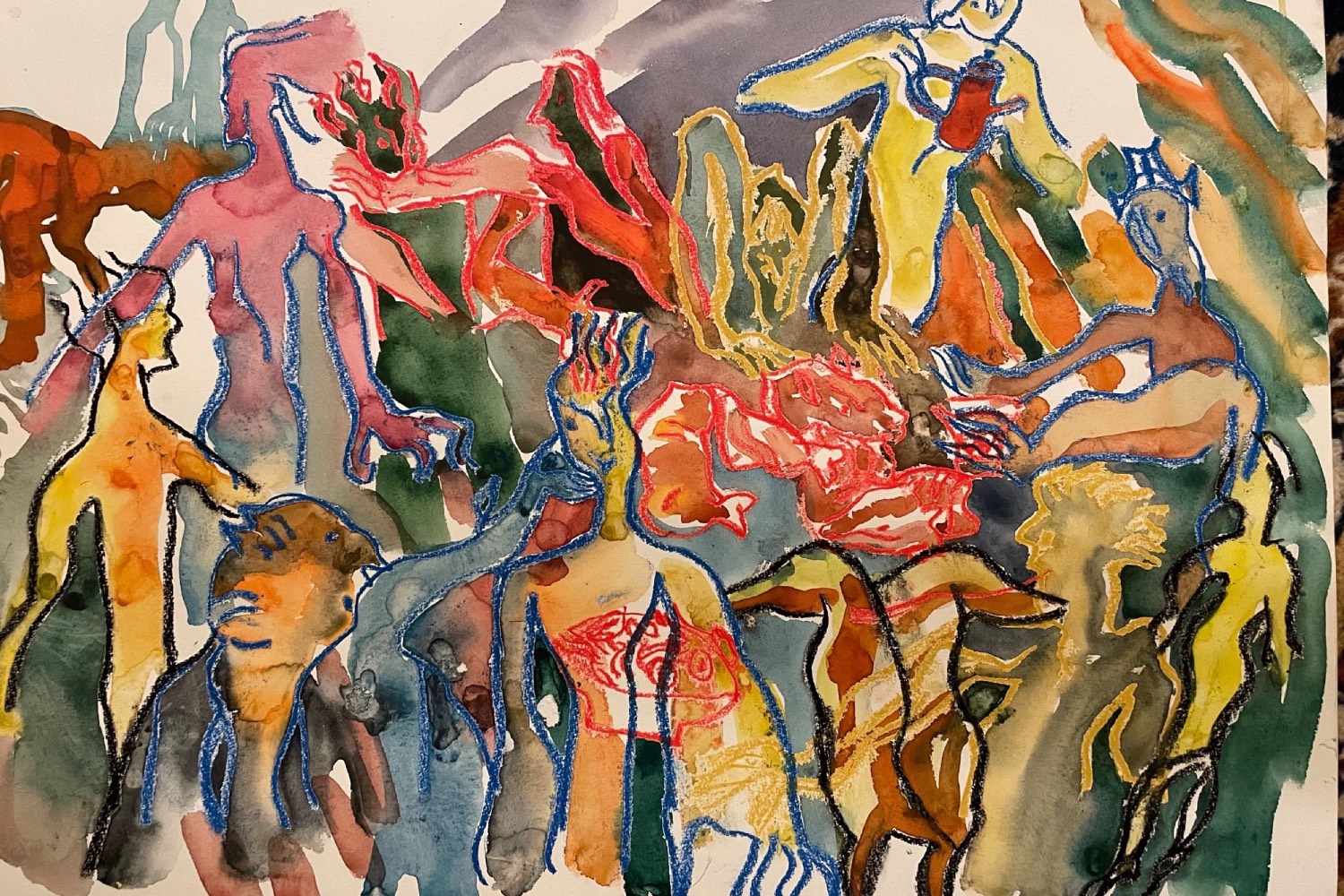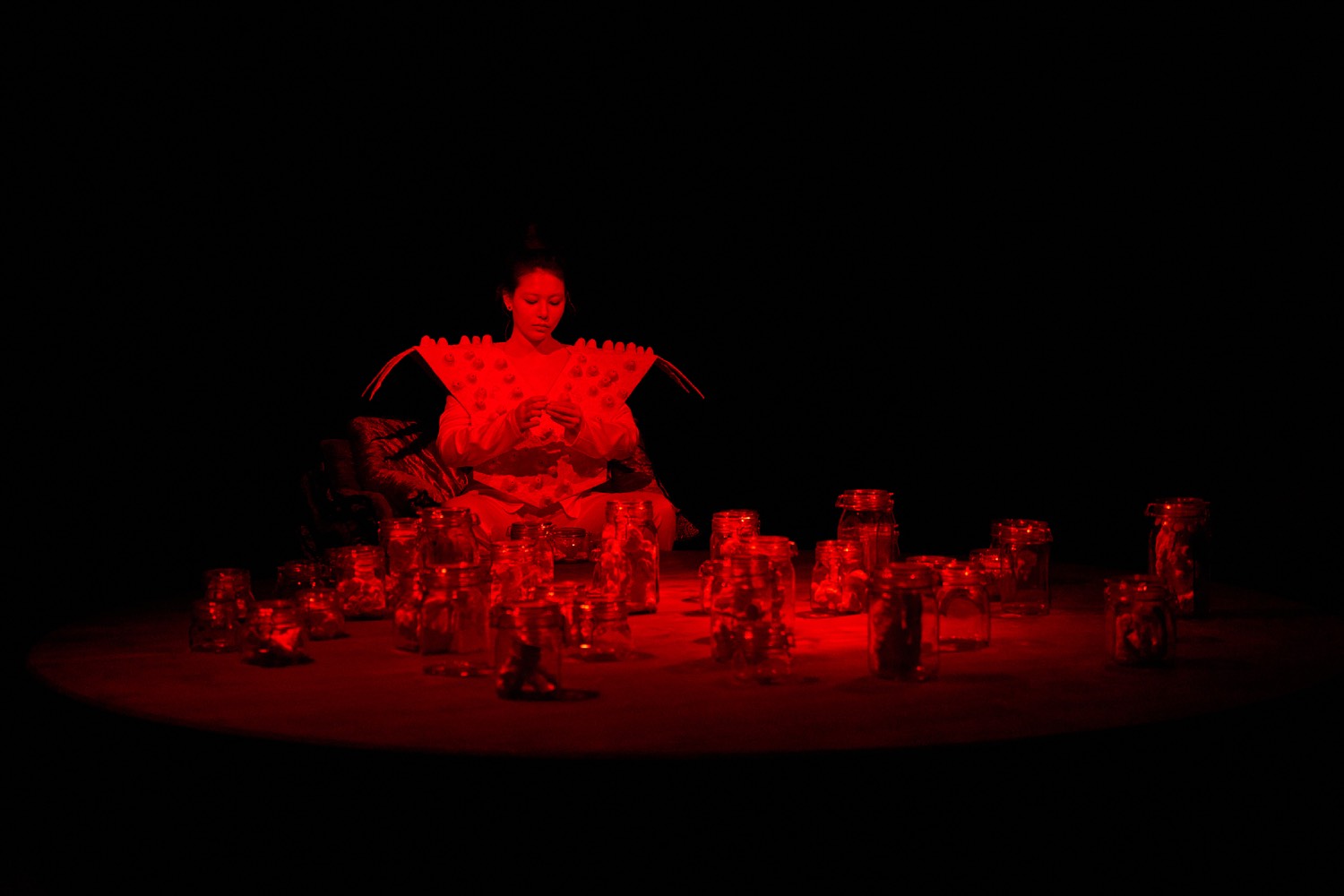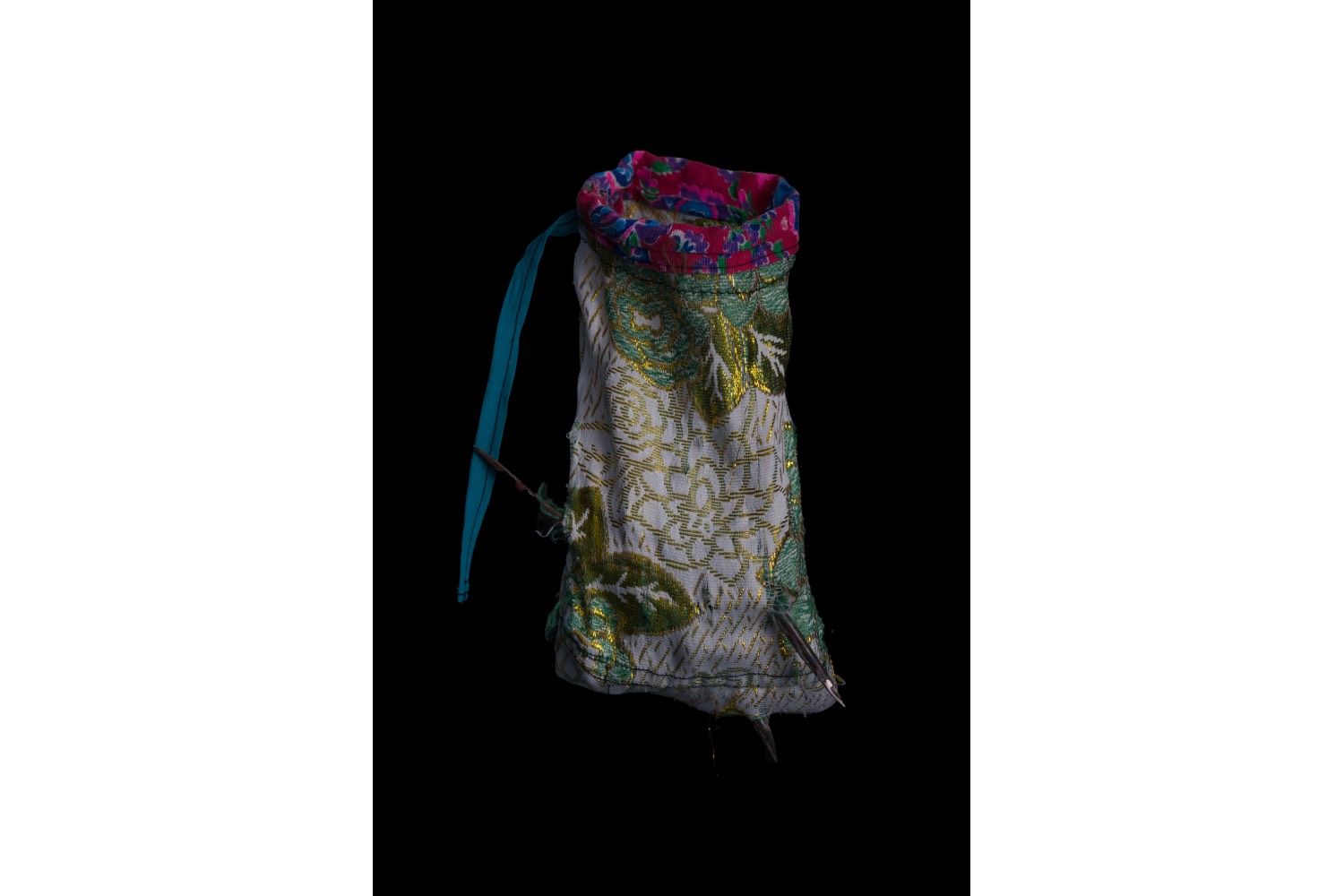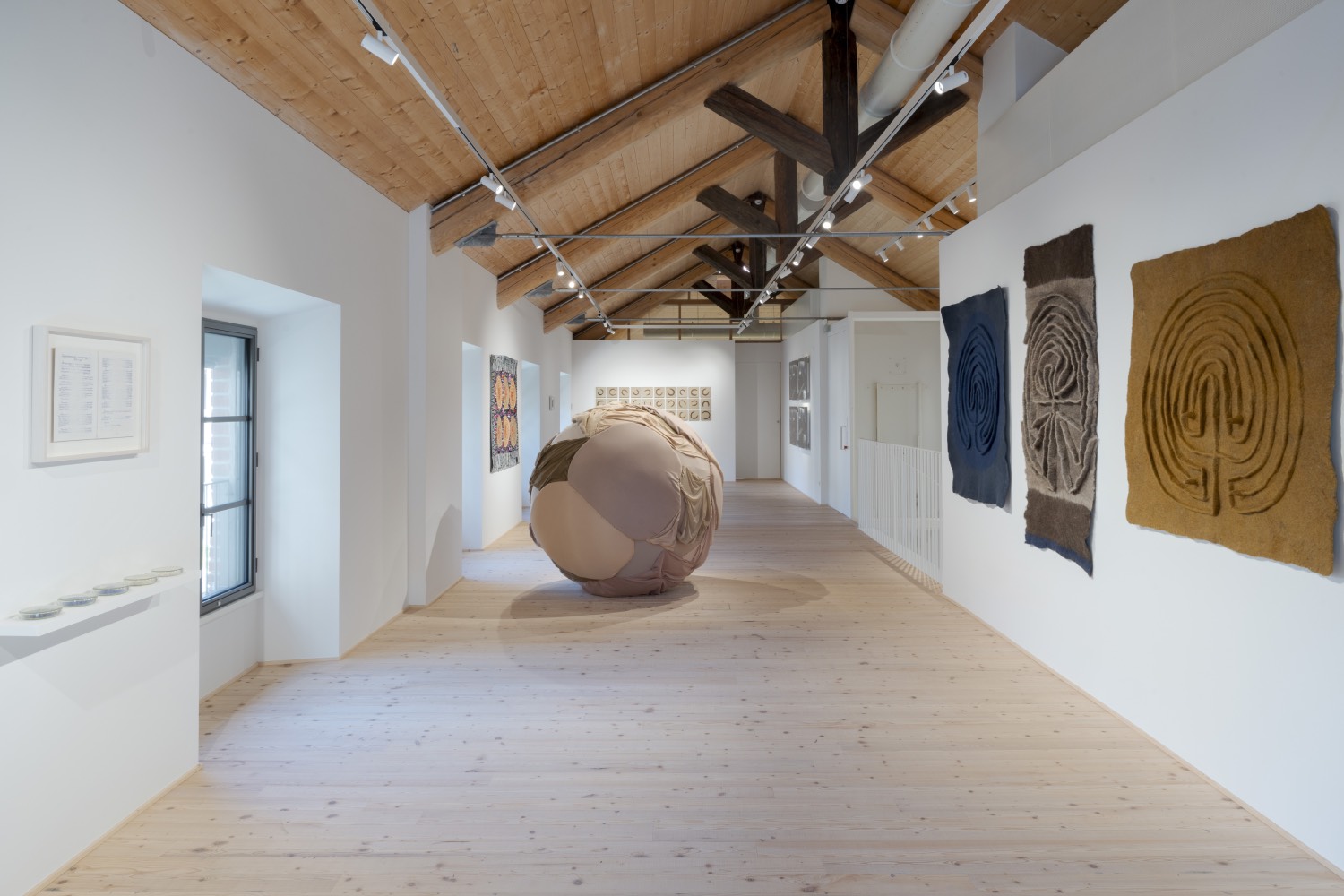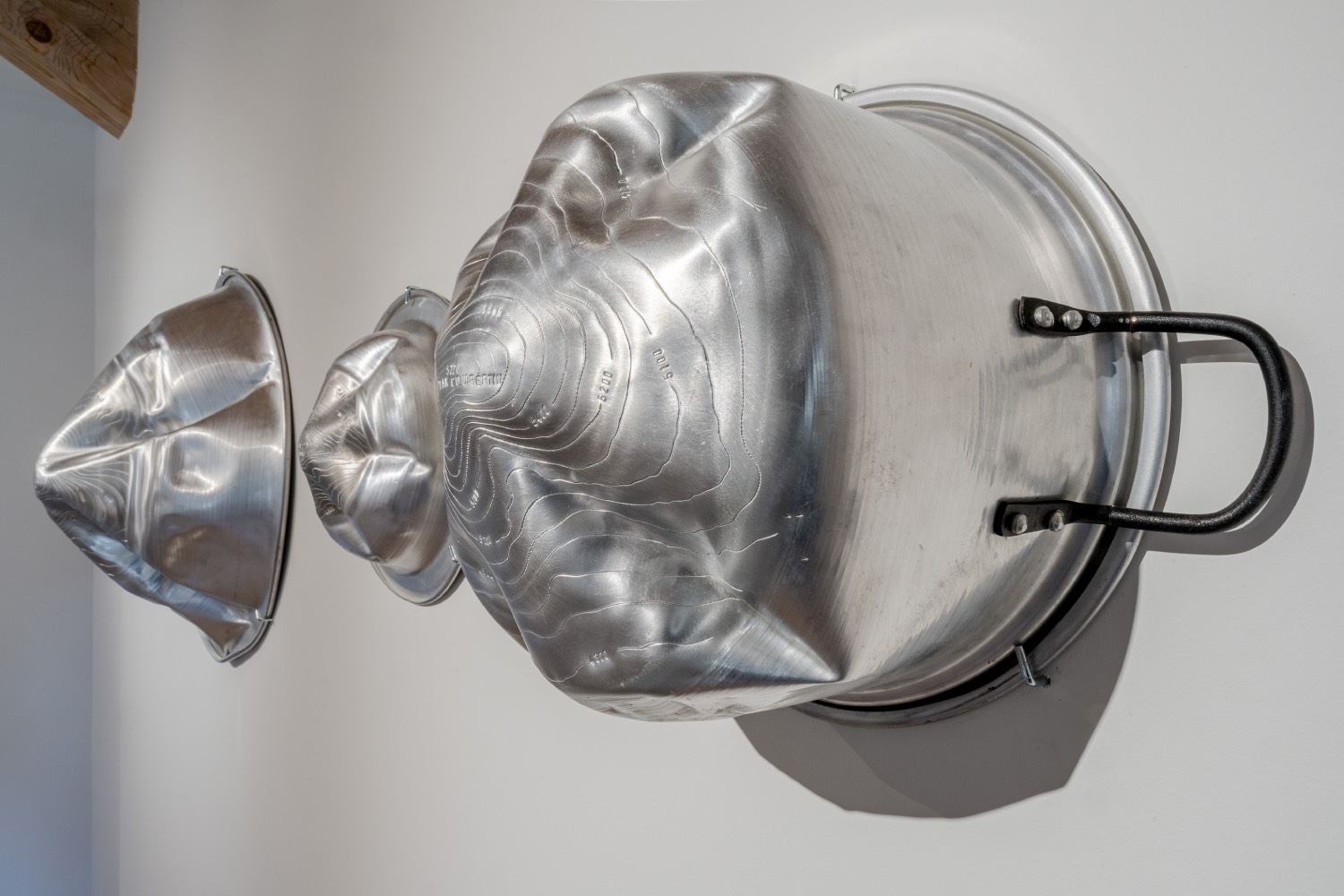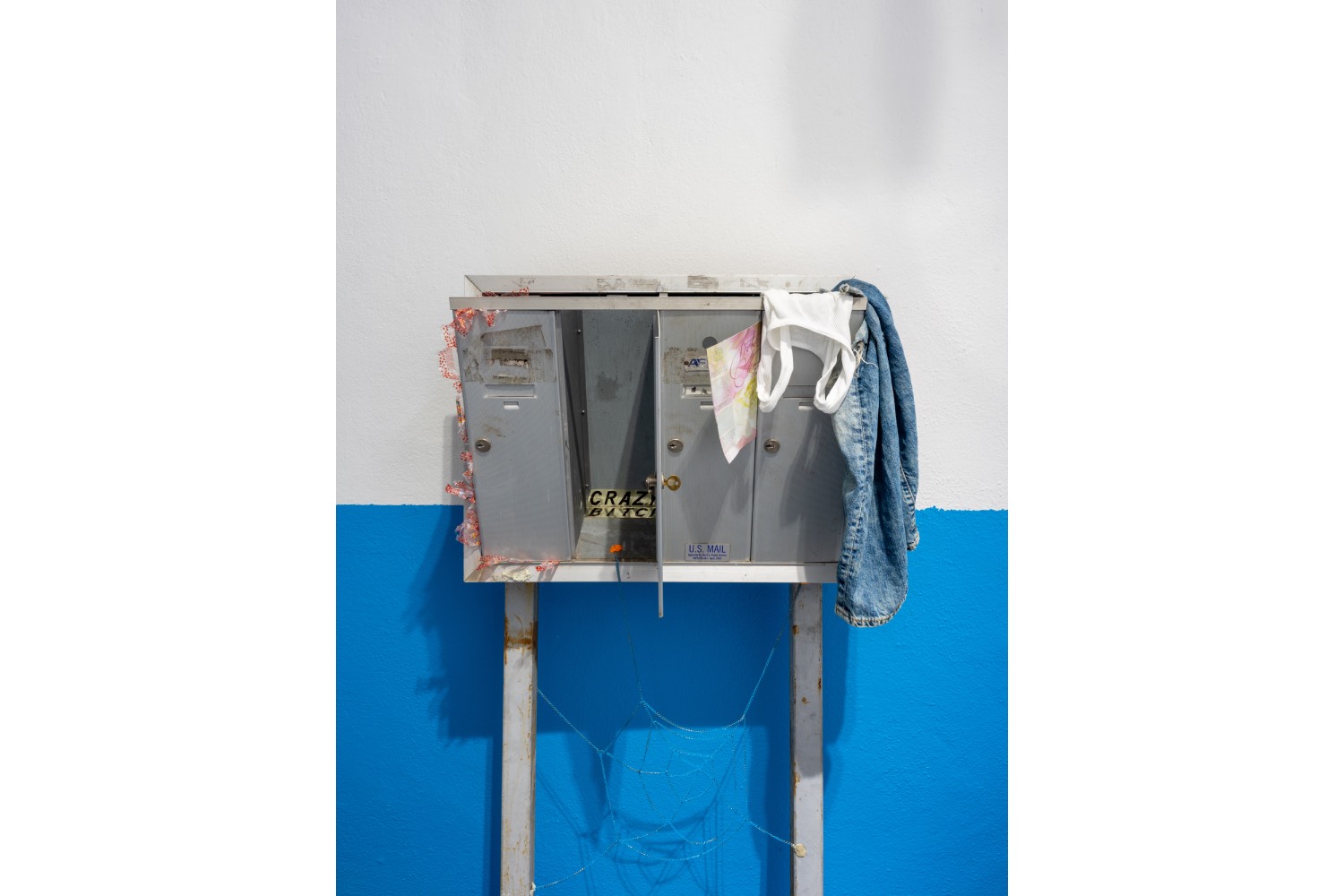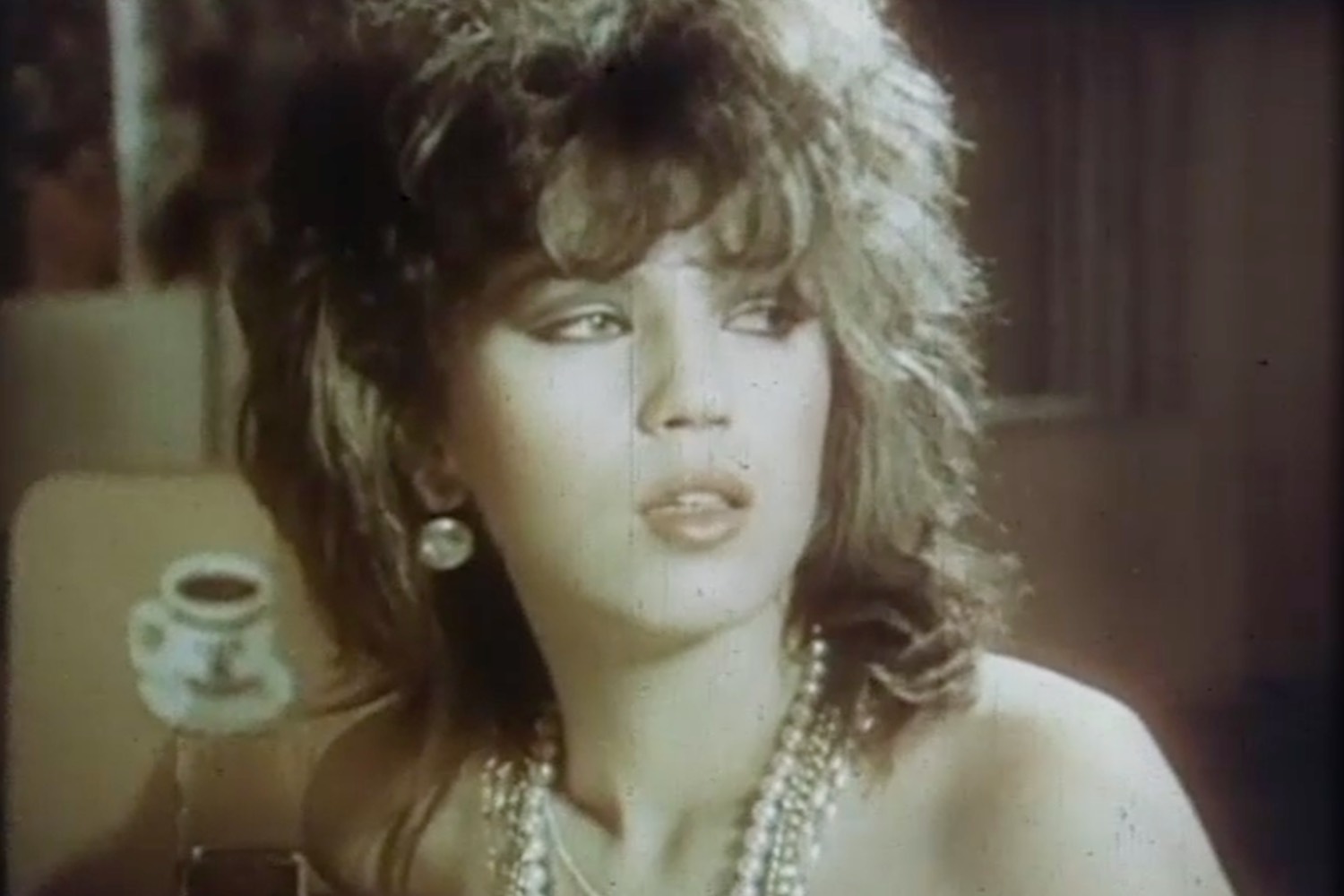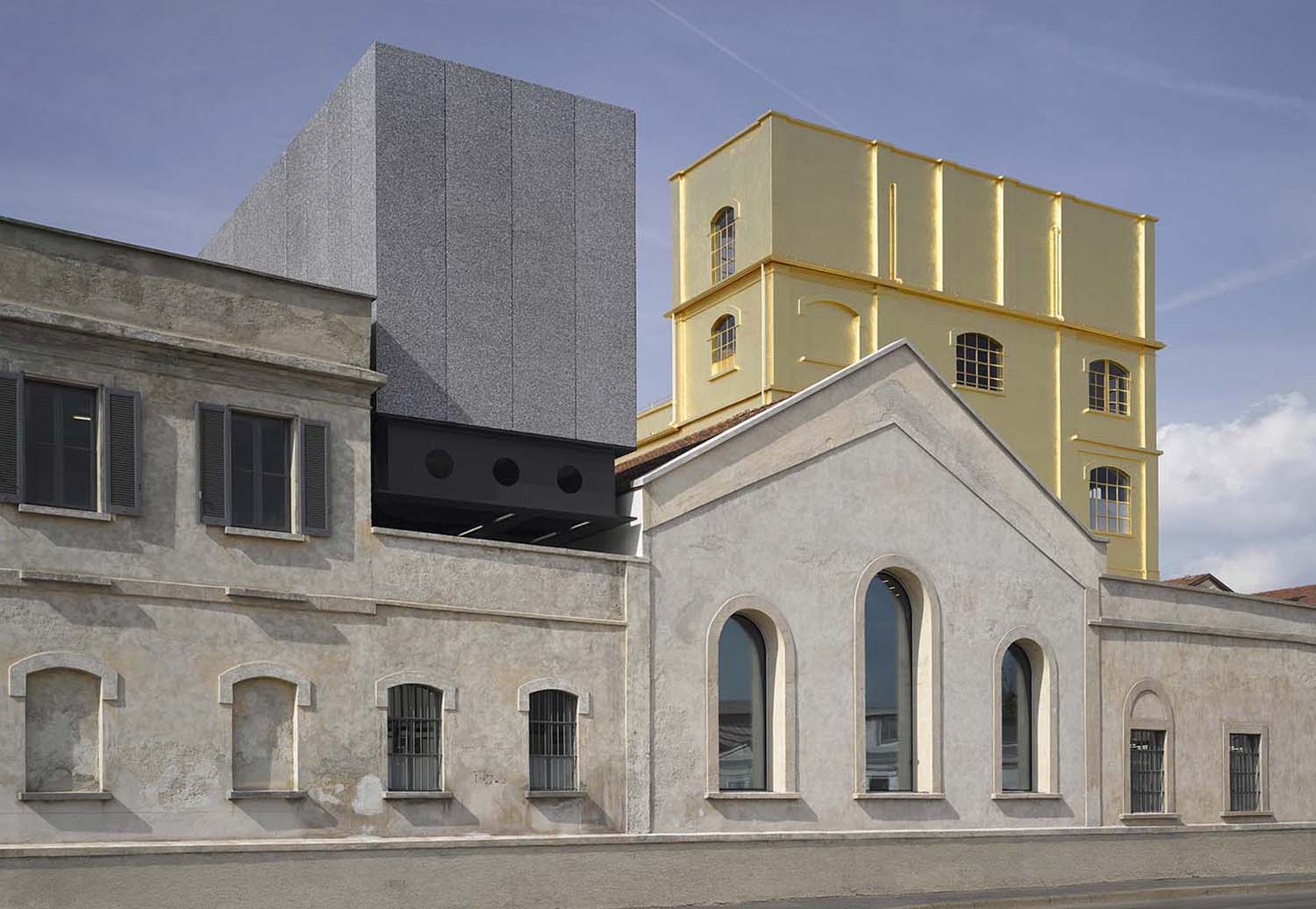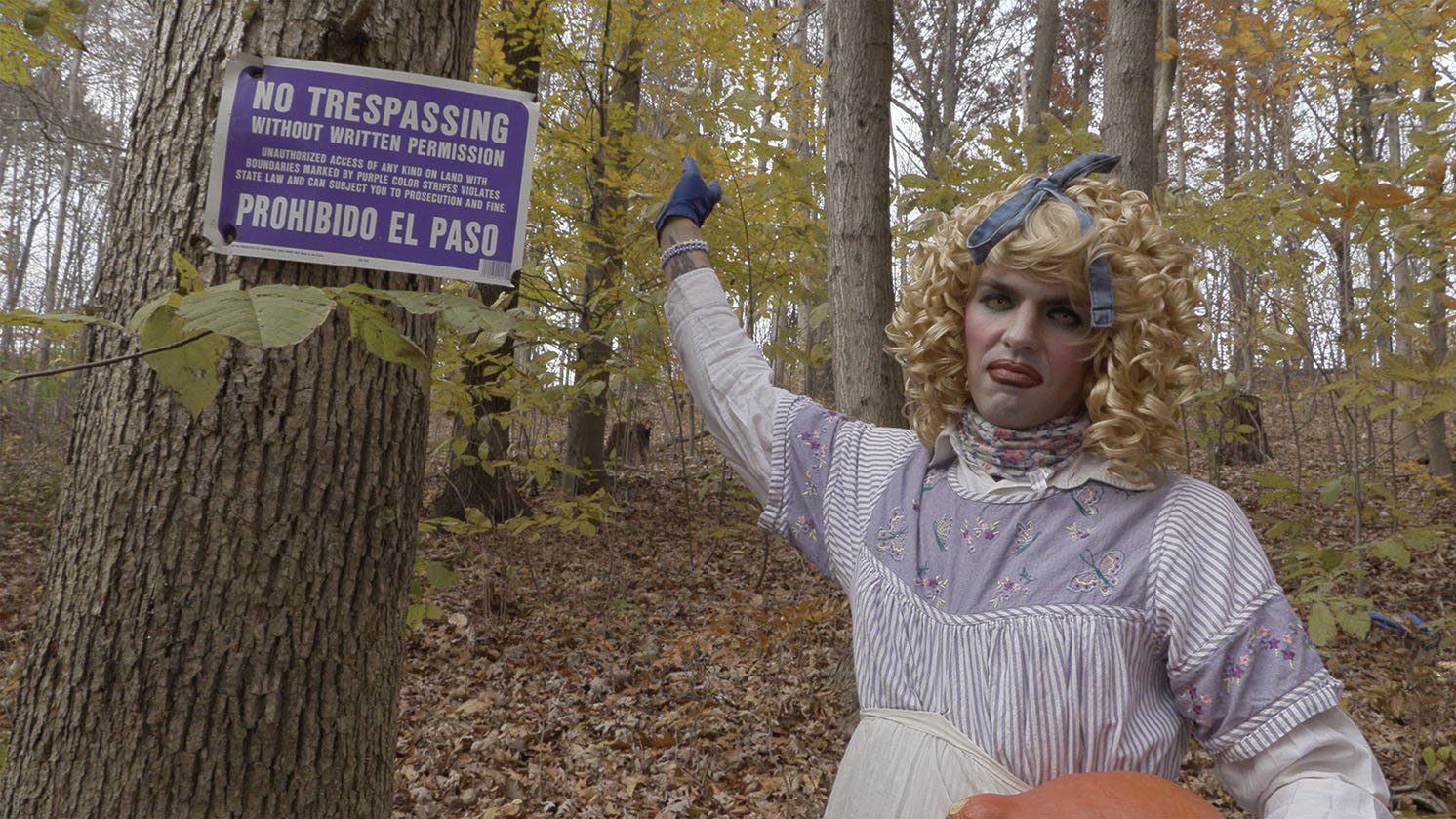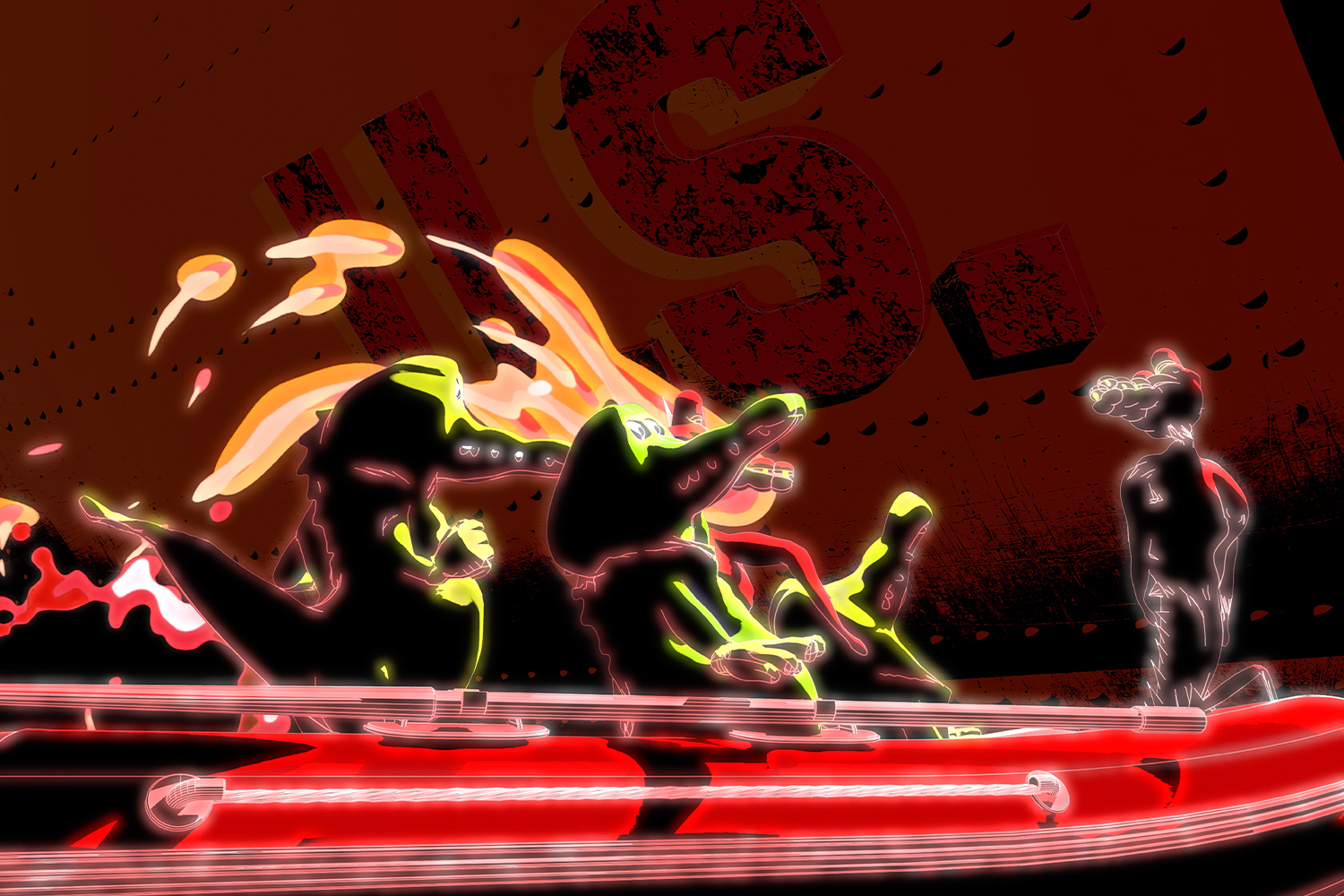You are here. Position pinned.
If we pause for a moment, are we able to locate the Central Asian republics — Kyrgyzstan, Kazakhstan, Tajikistan, and Uzbekistan — on a map?
From those places we receive distant memories of Soviet and post-Soviet eras, news of current political, economic, and sporting events, scattered fragments shrouded in a fog of myth and stereotypes that some recent events have begun to dispel, even in Italy.
We can look at Saodat Ismailova’s work at the intersection of cinema, sound, and visual art, currently on view at Hangar Bicocca on the occasion of the artist’s first Italian solo exhibition; or the Silent Film Festival in Pordenone this past October, which also saw the rediscovery of Uzbekistan’s silent cinema, revealing once again the inexhaustible richness of the soviet cinematographic terrain.
Exploring a rich tapestry of sociological and mythological themes, deeply rooted in the region’s nomadic traditions and cultural exchanges along the Silk Road, Fondazione Elpis’s group exhibition “YOU ARE HERE: Central Asia” aims to capture the irrepressible spirit of Central Asia, where nomadic heritage and settled traditions coexist in a landscape shaped by time and memory. Through communal rituals and ancestral ties to the land, the region’s deep-rooted customs engender a rhythm of nature and spiritual connection. Soviet-era upheavals once threatened this harmony, yet today a renewed cultural identity emerges, weaving past and present in a tapestry of resilience and rediscovery.
Curators Aida Sulova (artist and independent curator from Kyrgyzstan, currently living and working in New York) and Dilda Ramazan (Kazakhstan-born art worker and researcher) invited twenty-seven local artists to transcend conventional conceptions of physical or geographical maps, and instead invite viewers into a more introspective exploration of self.
The artworks on view reflect each artist’s unique perception of space, grounded in personal sensations, lived experiences, memories, and visions. The resulting works are not mere locations or coordinates; they are rich reflections that reveal mental, spiritual, geographical, metaphysical, and political dimensions. Together, they map out a layered, introspective journey through the artists’ individual processes of self-identification both within and beyond.
On the ground floor, a circular collage draws my attention. It resonates with traditional talismans such as tumor and ko’zmunchoq, as well as with the semantics of the circle in Central Asian cultures. In the Circle of My Heart (2024) is an installation work by Qizlar that showcases a world of “phygital” connections, where emotions and experiences create a map-grid of communal relationships between residents of the town of Tashkent. The multimedia work consists of various video and audio messages taken from Telegram messenger, an app widely used in Uzbekistan. Recorded on the spur of the moment, these fragments transform into “mini-performances.”
Now more than ever, the need to belong is also a quest to understand what it means to not really belong. Being from somewhere implies a certain baggage that transforms and evolves through forced or wanted migrations. People are now new hybrids — or maybe they have always been. In the Fondazione’s basement, Daria Kim’s performance The Other Skin (2022) explores the delicate boundary between reality and imagination, utilizing plasticine’s adaptability to echo the fluid nature of perception. She sculpts elusive creatures from this modeling material, sealing them within forty glass jars.
Back on the ground floor, a felted white and neon-green piece of cloth hangs on the wall, spelling the words calldaw.ca. This is placed next to an operational iPhone. Medina Bazargali’s Call-дау (2024) aims to create an emotional support hotline that offers comfort to those coping with the trauma of leaving their homeland. Available on a website, Telegram, and WhatsApp, the work features reassuring prerecorded messages in multiple languages, including Qazaq, Kyrgyz, and English. Elder voices provide encouragement, saying, “You are doing great” and “You will always be welcomed back to your homeland.”
Intergenerational dialogue plays a key role in shared identity, and it is especially felt in Central Asian regions. Young artists Aïda Adilbek and Kasiet Jolchu found inspiration and support in their grandmothers’ cherished souvenirs and stories in their respective works Jeti Qaraqshy (2023) and Untitled (2024). The former is a photographic series that explores the concept of qalta — hand-sewn bags from Western Kazakhstan — created by Aïda Adilbek’s grandmother. These bags, used for carrying gifts, money, jewelry, and dowry items, stand for the meaningful act of intergenerational transmission between women in a family. Jolchu, on the other hand, presents an apparently unfinished sketch. The artist learned the Kyrgyz craft of making reed screens by handpicking and cleaning chiy grass stems, which are then wrapped with colored wool to create intricate patterns, drawing inspiration from cherished memories and craft knowledge passed down by her grandparents.
You are here. And, we might add, now. Artists have always migrated; they are often disoriented, searching for home, and often not finding one; they cross spaces, they overcome geographical and identity boundaries, between human and nonhuman, between natural and artificial. And yet, identity, or a lack of one, is what shapes most artistic research.
Feeling cut out and alienated from his own self is exactly what Marat Rayimkulov’s 2024 animation series “Portraits” captures. These fleeting emotional and existential moments, rendered with a minimalist style, reflect his experiences of constant movement and living in temporary spaces. The animations portray the presence of an individual within different places and times, emphasizing the tension of being a perpetual outsider.
Despite the great variety of supports, shapes, and materials, “You Are Here” inspires a sense of concrete wonder, a coming and going from an afterlife that is also a very real Here and Now. The show is an ultra-concentrated journey through an imaginary and imagined time-space.


